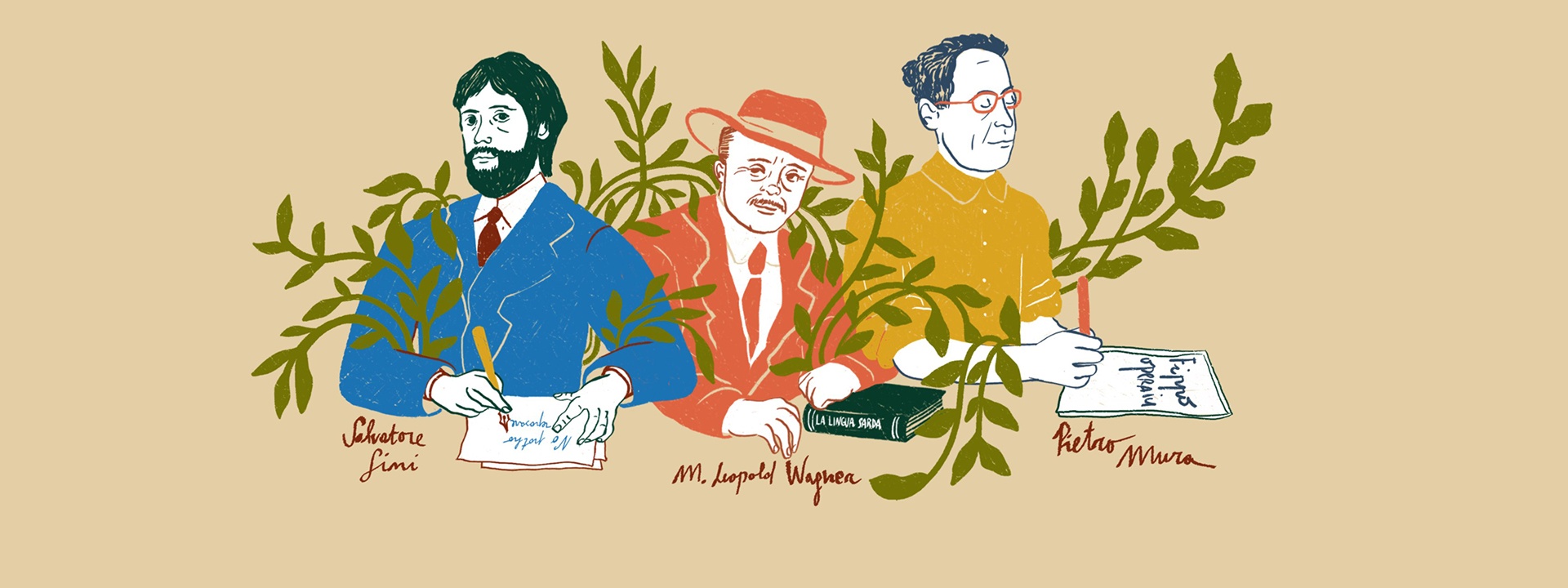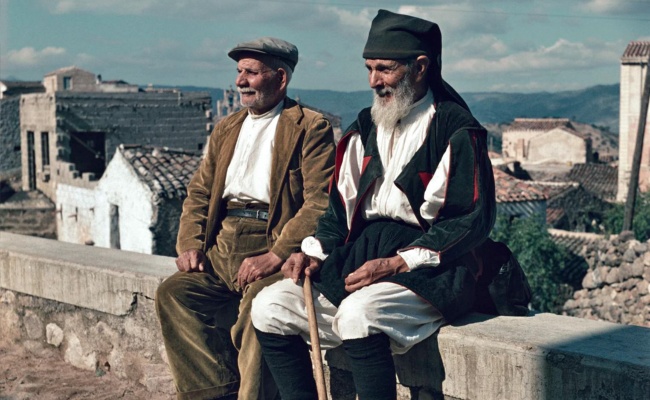Sardinian is a language spoken in Sardinia that belongs to the Romance group of Indo-European languages.
Language
Description
It is as clearly distinct for native speakers as for non-Sardinians and scholars from every period.
And so, it needs to be considered separate from the other dialectics of the Italic, Gallic and Iberian region and classified as a Romance language in its own right.
It is a language in serious danger of extinction, even though a regional law passed in 1997 designated it as equal in dignity to Italian.
Sardinian dialect varies across the island.
In the Nuorese, the variant spoken almost exclusively is Logudorese, which is actually a group of dialects that includes northern Logudorese, common Logudorese and Nuorese.
Sardinian is considered one of Europe’s oldest languages and is an important element of Sardinian identity. Over the centuries, it was influenced by the various cultures and peoples who occupied the island, including the Phoneticians, Romans, Byzantines, Vandals, Pisans, Spanish and more. These influences contributed to the linguistic diversity found in Sardinian today.
Although Sardinian is widespread and still spoken by many people in Sardinia (and indeed, it remains the main language used for everyday communication in the towns of the Barbagia region, especially among the older generations), Italian is the official language and used in formal and administrative contexts as well as school.
In recent years, there has been renewed interest among local institutions and communities in promoting and protecting Sardinian.
Measures to preserve and teach the language in schools have been adopted, and programmes to support the promotion and circulation of Sardinian locally and across Italy have been created.
 Nuorese Cultural District
Nuorese Cultural District

